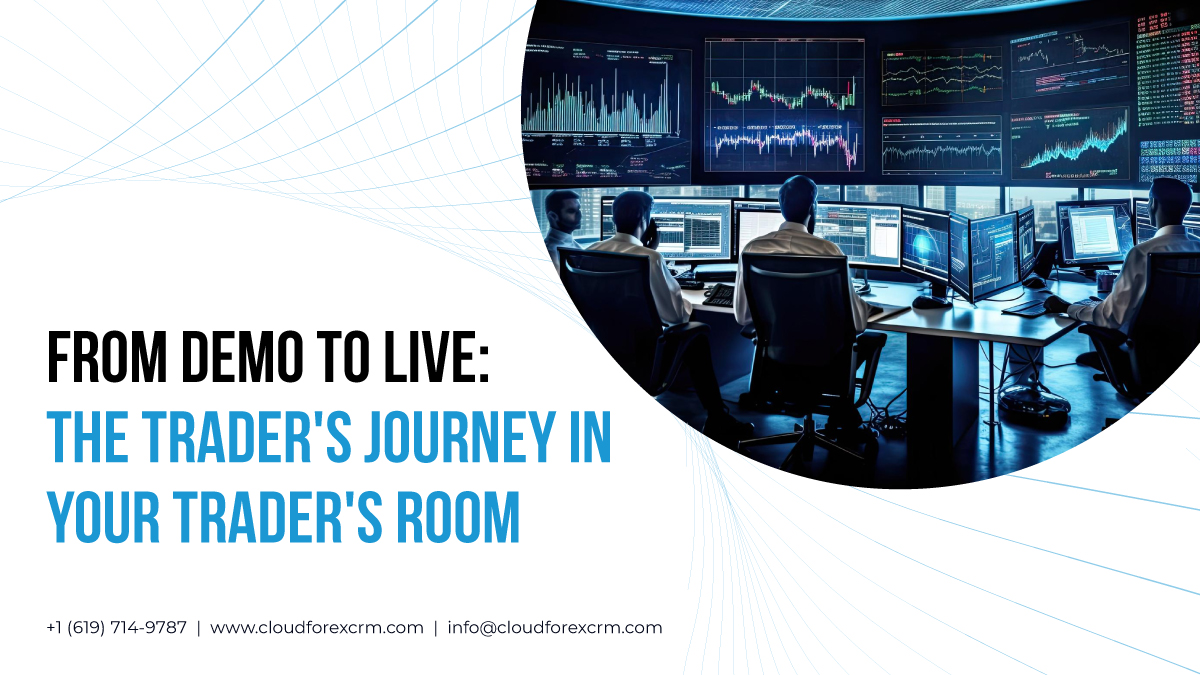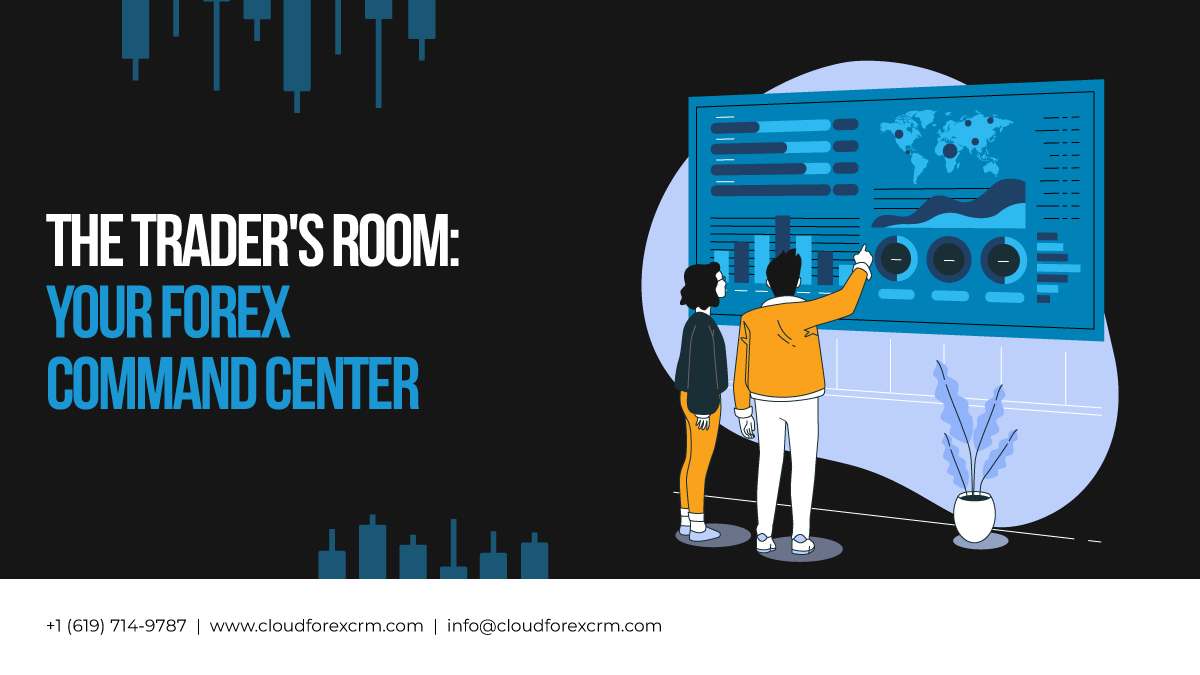Entering the world of Forex trading is an exciting journey that often begins with a trader's first steps in a demo account. The transition from a demo account to a live one can be both daunting and rewarding. In this blog, we'll explore the typical trader's journey in your Trader's Room, the hub where traders manage their accounts, and discuss how to make this transition smooth and successful.
1. The Demo Phase
The trader's journey usually commences with a demo account. This is the playground where traders can experiment with their trading strategies, get a feel for the markets, and learn to use the trading platform without risking real money. During this phase, traders often explore various trading instruments, indicators, and risk management techniques.
2. Learning and Improvement
In the demo phase, traders have the luxury of experimenting without the fear of loss. They spend time honing their trading skills, analyzing price movements, and identifying their strengths and weaknesses. Educational materials and resources, often provided in the Trader's Room, can assist traders in improving their knowledge.
3. Building a Strategy
Successful trading requires a well-thought-out strategy. In the demo phase, traders work on refining their strategies, focusing on risk management and entry/exit points. They learn from their trades, review their performance, and make necessary adjustments to their trading plans.
4. Gaining Confidence
As traders experience success and build confidence in their trading abilities, they prepare for the transition to a live account. This shift signifies the real start of their Forex journey, and it's often a significant step.
5. Transition to Live Trading
When traders decide to transition from demo to live trading, they open a live trading account. This involves real money and real risk. It's a crucial phase where traders must apply the knowledge and skills they've developed in the demo phase.
6. Risk Management and Emotional Control
Live trading introduces emotions like fear and greed. Traders may encounter losses, which can be emotionally challenging. The Trader's Room offers tools and resources to assist traders in managing risk and emotions. Many traders establish strict risk management rules to protect their capital.
7. Tracking Performance
In the live phase, traders closely monitor their performance. They use the tools in the Trader's Room to track their trading history, review their trading decisions, and assess their strategy's effectiveness.
8. Continuous Learning
The journey doesn't end with the transition to live trading. Successful traders continue to learn and adapt. They remain engaged in their trading community, seek new educational materials, and keep an eye on market developments.
9. Review and Adjust
Regularly reviewing trading performance is essential. If traders experience losses or challenges, they assess their strategies, risk management, and emotional control. The Trader's Room often provides insights and reports to help traders identify areas for improvement.
10. Seeking Support
Throughout the trader's journey, access to support and assistance through the Trader's Room is invaluable. Traders can contact customer support for any questions, concerns, or technical issues, which significantly contributes to their success.
Conclusion
The transition from demo to live trading is a pivotal moment in a trader's journey. A well-designed Trader's Room supports traders through this transition, offering educational resources, performance tracking, and risk management tools. Understanding and facilitating this journey not only benefits traders but also fosters long-lasting relationships with your brokerage. Encouraging traders to evolve from demo to live and providing the necessary tools and support will ultimately lead to their success and yours. Opt for
CloudForex CRM
to experience CRM like never before and unleash your brokerage's maximum potential. Feel free to get in touch with us via Skype or
WhatsApp
for further discussions, or visit our website to learn more.














